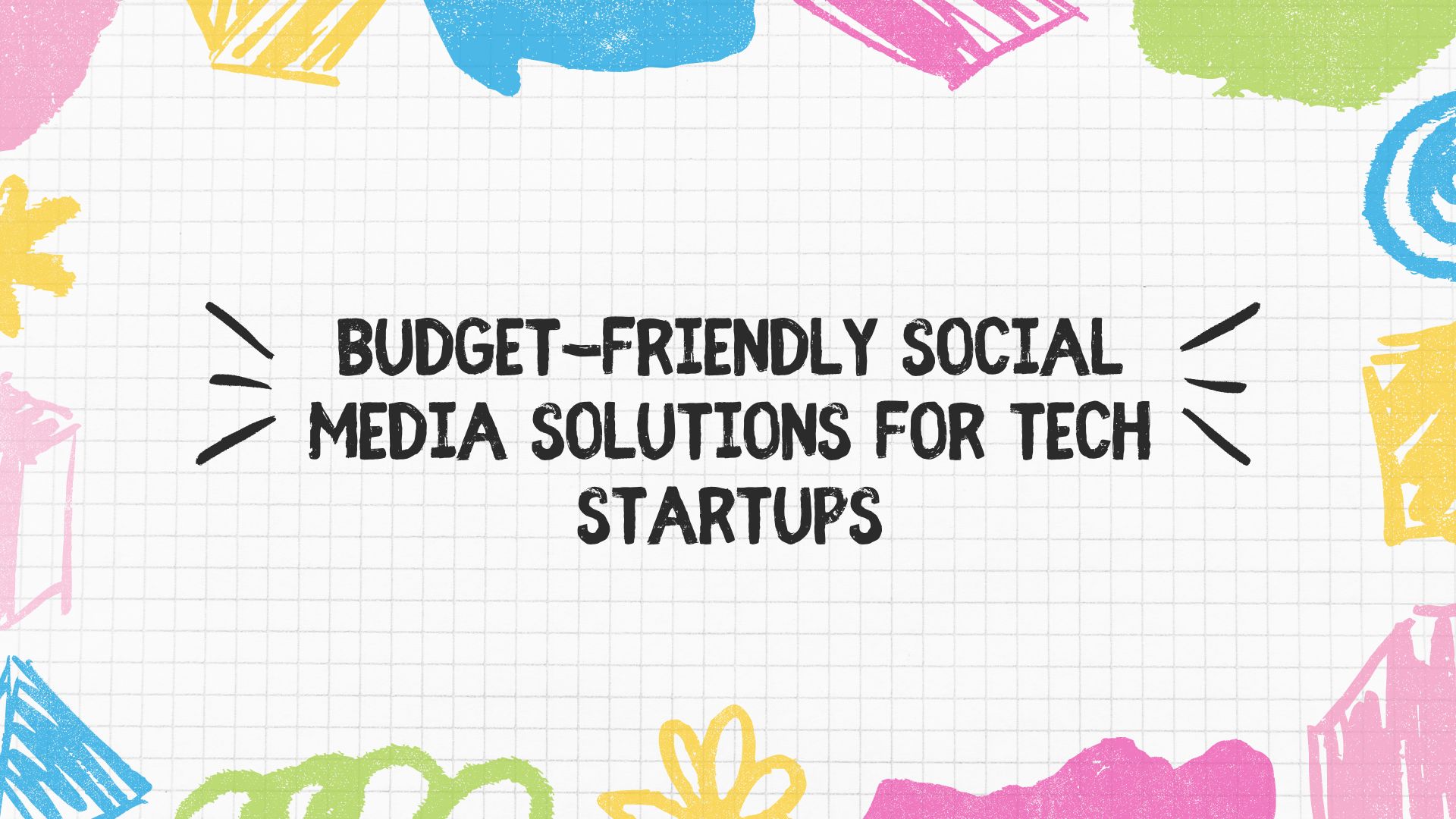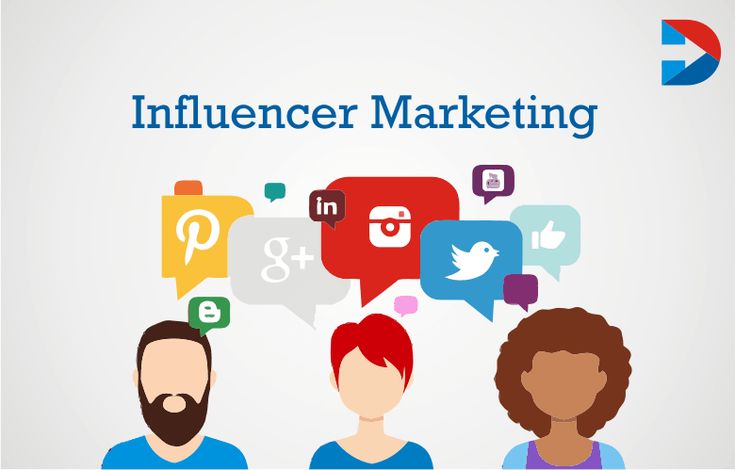Starting a tech startup is an exciting venture, but it comes with its own set of challenges. One of the biggest hurdles is establishing a strong online presence without breaking the bank. Social media can be a powerful tool for startups to build brand awareness, engage with potential customers, and drive traffic to their websites. In this blog, we’ll explore budget-friendly social media solutions that tech startups can leverage to boost their online presence and grow their businesses.
Understanding the Power of Social Media
Why Social Media is Essential for Tech Startups
Social media platforms offer a unique opportunity for tech startups to connect with their target audience directly. With billions of active users across platforms like Facebook, Twitter, LinkedIn, and Instagram, social media provides a vast pool of potential customers. Additionally, social media allows startups to:
- Build Brand Awareness: Regular posts and engagement help to establish a recognizable brand.
- Drive Traffic: Sharing content and links can drive traffic to your website or app.
- Engage with Customers: Direct interactions with customers can foster loyalty and provide valuable feedback.
- Generate Leads: Social media can be used to capture leads through targeted ads and content.
Choosing the Right Platforms
Not all social media platforms are created equal, and it’s important to choose the ones that align with your startup’s goals and target audience. Here are some considerations:
- Facebook: Great for reaching a broad audience and sharing a variety of content types.
- Twitter: Ideal for real-time updates, customer service, and industry news.
- LinkedIn: Best for B2B connections, professional networking, and thought leadership.
- Instagram: Perfect for visually-driven content and younger audiences.
- TikTok: Emerging platform for short, engaging videos, popular among Gen Z.
Creating a Social Media Strategy
Define Your Goals
Before diving into social media, it’s essential to define clear goals. These could include:
- Increasing brand awareness
- Driving website traffic
- Generating leads
- Boosting engagement
- Growing your follower base
Know Your Audience
Understanding your target audience is crucial for creating relevant and engaging content. Consider factors such as:
- Demographics: Age, gender, location, income, education level
- Interests: Hobbies, preferences, online behavior
- Pain Points: Challenges or problems your product or service can solve
Content Planning
Creating a content calendar can help you stay organized and consistent. Your content should be a mix of:
- Educational Posts: Share industry insights, how-tos, and tips.
- Promotional Content: Highlight your products, services, and special offers.
- Engaging Posts: Ask questions, run polls, and encourage user-generated content.
- Visual Content: Use images, videos, and infographics to capture attention.
Leveraging Hashtags
Hashtags can increase the visibility of your posts and help you reach a broader audience. Use relevant hashtags related to your industry, trending topics, and your brand.
Cost-Effective Content Creation
DIY Graphics and Videos
Creating high-quality graphics and videos doesn’t have to be expensive. Here are some tools to help you create professional-looking content on a budget:
- Canva: Easy-to-use design tool for creating graphics, social media posts, and presentations.
- Piktochart: Ideal for creating infographics and visual reports.
- Lumen5: Transforms blog posts into engaging videos.
- InShot: Simple video editing app for creating polished videos.
User-Generated Content
Encouraging your customers and followers to create content can save time and resources. User-generated content (UGC) can include reviews, testimonials, photos, and videos featuring your product. To encourage UGC:
- Run contests or giveaways
- Feature customer stories
- Use branded hashtags
- Share and credit user posts on your social media accounts
Engaging with Your Audience
Responding to Comments and Messages
Engagement is key to building a loyal following. Make sure to respond to comments, messages, and mentions promptly. This shows that you value your audience and are attentive to their needs.
Running Polls and Q&A Sessions
Interactive content such as polls and Q&A sessions can boost engagement and provide insights into your audience’s preferences and opinions.
Hosting Live Streams
Live streams are an excellent way to connect with your audience in real-time. You can use live streams for product launches, tutorials, Q&A sessions, and behind-the-scenes content.
Utilizing Influencer Marketing
Finding the Right Influencers
Influencer marketing can be a cost-effective way to reach a larger audience. Look for influencers who:
- Align with your brand values
- Have a genuine following
- Engage with their audience regularly
Micro-Influencers
Micro-influencers (those with smaller, highly engaged followings) can be more affordable and often have higher engagement rates compared to larger influencers.
Building Partnerships
Instead of paying influencers per post, consider building long-term partnerships. This can be more cost-effective and lead to more authentic promotion of your brand.
Analyzing and Adjusting Your Strategy
Tracking Key Metrics
To measure the success of your social media efforts, track key metrics such as:
- Reach: How many people saw your content
- Engagement: Likes, comments, shares, and clicks
- Follower Growth: Increase in followers over time
- Website Traffic: Visitors to your site from social media
Using Analytics Tools
Many social media platforms offer built-in analytics tools. Additionally, tools like Google Analytics, Hootsuite, and Sprout Social can provide deeper insights into your social media performance.
Adjusting Your Strategy
Based on your analysis, adjust your strategy to focus on what works best. This might include changing your content mix, posting times, or targeting different audience segments.
Affordable Social Media Tools
Scheduling Tools
Using scheduling tools can save time and ensure consistent posting. Some popular options include:
- Buffer: Simple tool for scheduling posts across multiple platforms.
- Hootsuite: Comprehensive tool for scheduling, monitoring, and analytics.
- Later: Focuses on visual planning and scheduling for Instagram.
Social Media Management Tools
These tools can help you manage your social media accounts more efficiently:
- Zoho Social: Affordable tool for managing multiple accounts, scheduling posts, and tracking performance.
- Sprout Social: Offers advanced features for social listening, engagement, and analytics.
- SocialBee: Helps you create, schedule, and recycle content.
Content Creation Tools
Affordable tools for creating engaging content include:
- Adobe Spark: User-friendly tool for creating graphics, web pages, and videos.
- Visme: Allows you to create presentations, infographics, and social media graphics.
- Crello: Similar to Canva, with a wide range of templates for social media posts.
Budget-Friendly Advertising Options
Boosted Posts
Boosting posts on platforms like Facebook and Instagram is a cost-effective way to increase visibility. You can set a budget and target specific audiences based on demographics, interests, and behaviors.
Social Media Ads
Running ads on social media platforms can be affordable and highly targeted. Start with a small budget and test different ad formats to see what works best. Key ad formats include:
- Facebook Ads: Offers various ad formats, including image, video, carousel, and slideshow ads.
- Instagram Ads: Visually-driven ads that appear in users’ feeds and stories.
- Twitter Ads: Promoted tweets, accounts, and trends to reach a broader audience.
- LinkedIn Ads: Targeted ads for B2B marketing, including sponsored content and InMail.
Retargeting Campaigns
Retargeting ads can be an effective way to re-engage users who have visited your website but didn’t convert. These ads can remind potential customers of your products and encourage them to take action.
Conclusion
Building a strong social media presence is essential for tech startups, but it doesn’t have to be expensive. By leveraging budget-friendly tools and strategies, you can effectively engage with your audience, build brand awareness, and drive growth. Remember to define your goals, understand your audience, and continuously analyze and adjust your strategy for the best results. For startups looking for professional assistance, considering affordable smo services can be a worthwhile investment to amplify your efforts and achieve greater success.
FAQs:
1. What social media platforms should a tech startup focus on?
Tech startups should focus on social media platforms that align with their target audience and business goals. Common platforms include:
- Facebook: Broad audience reach and versatile content sharing.
- Twitter: Ideal for real-time updates and industry news.
- LinkedIn: Best for B2B connections and professional networking.
- Instagram: Perfect for visually-driven content.
- TikTok: Popular among younger audiences for engaging, short videos.
2. How can tech startups create engaging social media content on a budget?
Tech startups can create engaging social media content on a budget by:
- Using free or affordable design tools: Tools like Canva, Piktochart, and Lumen5 help create professional graphics and videos.
- Leveraging user-generated content: Encourage customers to share their experiences with your product.
- Posting a variety of content: Mix educational, promotional, and engaging posts to keep the audience interested.
3. What are some cost-effective ways to increase social media engagement?
To increase social media engagement cost-effectively, tech startups can:
- Respond promptly: Engage with comments, messages, and mentions to show attentiveness.
- Run polls and Q&A sessions: Interactive content can boost engagement and provide valuable insights.
- Host live streams: Real-time interactions help build a stronger connection with the audience.
- Use hashtags strategically: Relevant hashtags can increase the visibility of posts and reach a broader audience.




